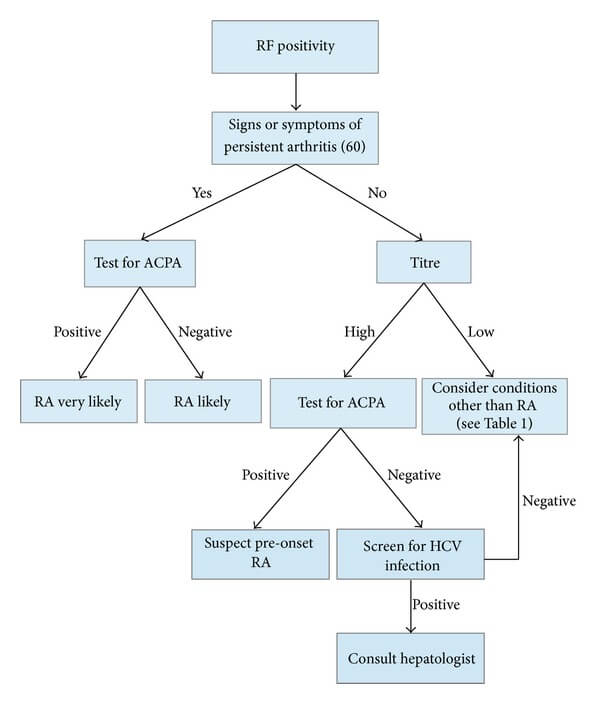Rheumatoid factor (RF; also mistakenly called RA factor) is an auto-antibody (commonly IgM and rarely IgG or IgA) directed against the Fc portion of IgG. Increase in both IgM and IgA RFs is almost exclusively observed in patients with RA (Rheumatoid Arthritis). Clinical Significance of Rheumatoid Factor 1. A positive…
Tag: Immunology
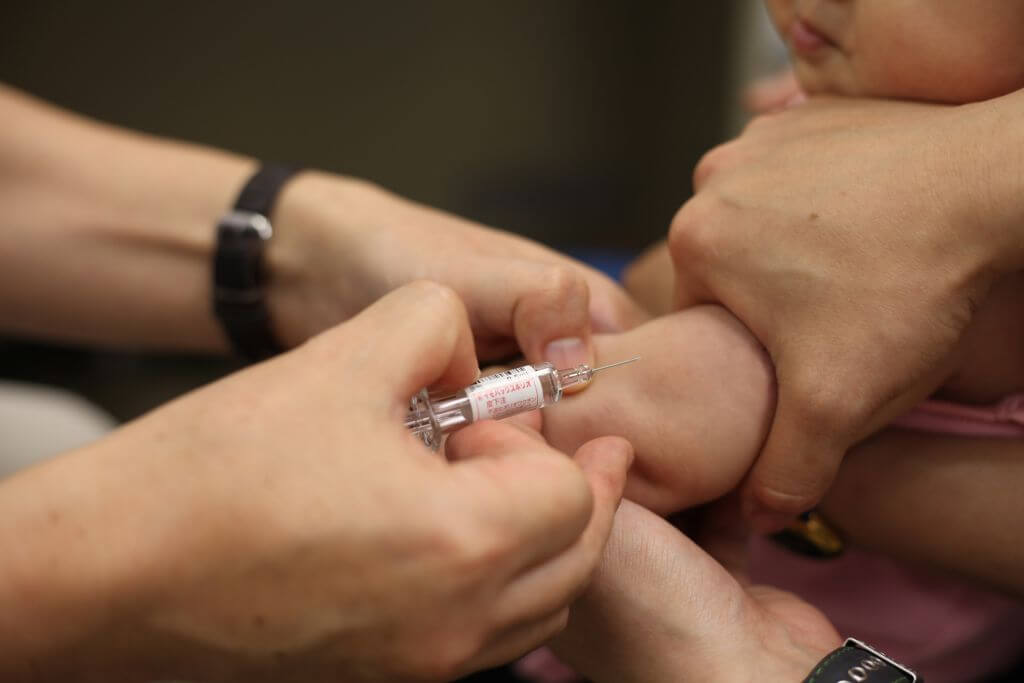
Injection site swelling after vaccination in Infants
Swelling and pain at injection site after vaccination is a frequently observed problem by parents and is often of concern to them. These type of reactions are generally observed after intramuscular vaccine and vaccine containing aluminium component. DPT as pentavalent is a frequent vaccine after which infants develop swelling. Types…
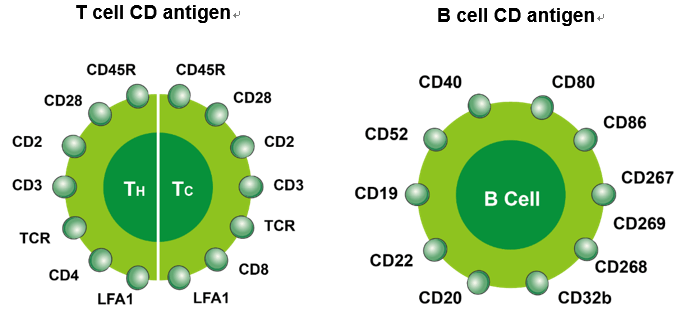
Cluster of Differentiation (CD Markers) Mnemonics
“CD” in immunology stands for Cluster of Differentiation and includes cell surface markers that can be detected by lab technique called flow cytometry. Well, we will just focus on the ones you need to remember at undergraduate level. If you wish to go into further details, there are plenty of…

HLA association mnemonics
The genes that encode HLA (Human Leukocyte Antigen) are on chromosome 6. MHC class Type Location Function I HLA-A, -B, -C All cells Recognized by CD8+ lymphocytes II HLA-DP, -DQ, -DR Antigen presenting cells Recognized by CD4+ lymphocytes III Complement components Plasma Chemotaxis, opsonization, lysis of bacteria and cells The…
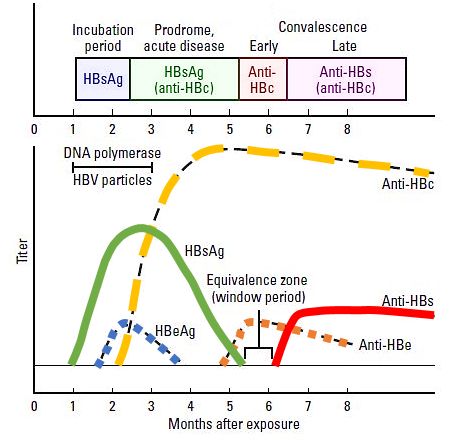
Interpreting Hepatitis B Serology in 5 Easy steps
Hepatitis B surface antigen (HBsAg) Appears during incubation period (1-6 months), 2-7 weeks prior to symptoms. Peaks when the patient is most ill. Becomes undetectable in 3-6 months. Indicates infection – recent or chronic. Hepatitis B surface antibody (anti-HBs or HBsAb) Arises once the acute disease has resolved. Sometimes, not…
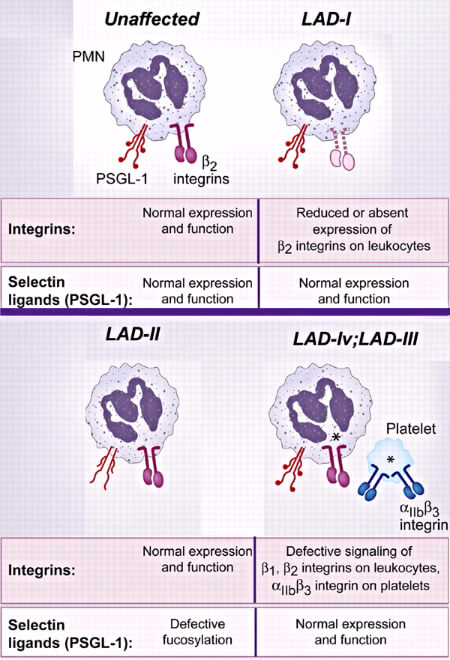
Leukocyte Adhesion Cascade and Defect : Simplified
Capture or Tethering Increased vascular permeability and vasodilation are mediated by inflammatory mediators like histamine released by inflammatory cells in response to PAMPs expressed by pathogens. Hemoconcentration (owing to increased vascular permeability) and decreased velocity of blood flow (owing to vasodilation) leads to peripheral pooling of the leukocytes (i.e. towards…
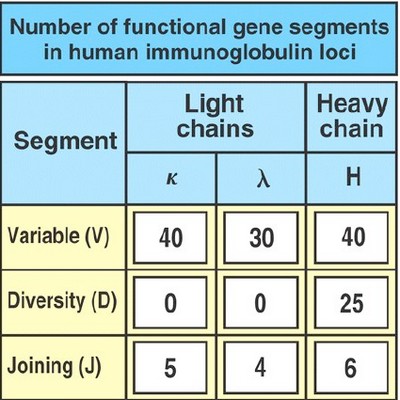
VDJ (Somatic) Recombination Made Easy
Many students feel that, this is one of the most difficult to explain topic in Immunology. Here, we will try to explain the process and clinical relevance of V(D)J or Somatic recombination in simple and interactive way. Question your mind Humans only have about 25,000 genes. Since, an antibody made…

Complement Pathway – Explained
The complement system is composed of about 20 different proteins released into the blood after production in the liver. They interact in coordinated and regulated way to produce biologically active protein products. ACTIVATION OF COMPLEMENT CASCADE The complement cascade can be activated in 3 ways: C3 and C3 CONVERTASE All of…
